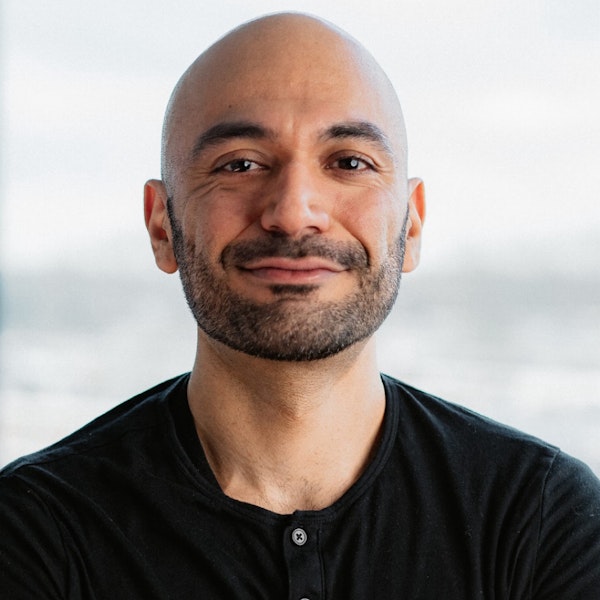
From Moore’s Law to more AI: The next era of silicon
Revolutionizing Silicon: Val Cook on Practical AI and the Power of Programmability at Web Summit Lisbon 2025
(This article was generated with AI and it’s based on a AI-generated transcription of a real talk on stage. While we strive for accuracy, we encourage readers to verify important information.)
At Web Summit Lisbon 2025, Charlie Perreau, Technology Editor at Les Échos, interviewed Val Cook, Co-founder and Chief Software Architect at Blaize, on “The next era of silicon.” Mr. Cook introduced Blaize as a global AI computing company, headquartered in the Bay Area with operations across the US, UK, and India, focused on practical AI solutions.
Blaize’s core philosophy is “practical AI,” which involves deploying the right hardware and software for specific problems, optimizing AI from the edge to the core. This approach is crucial for developing “smart urban infrastructure,” a concept extending beyond traditional smart cities to provide sovereign, tailored solutions for municipalities and countries to address their unique challenges.
Mr. Cook defined “physical AI” as “physical operational observability,” moving beyond mere security. This includes diverse applications like monitoring an elderly relative’s safety (e.g., detecting a stove left on) or providing comprehensive oversight for construction foremen tracking teams and equipment. Blaize’s solution deploys AI close to sensors and operations, integrating local processing with cloud resources for a hybrid, heterogeneous platform.
A key differentiator for Blaize is its emphasis on traditional programmability, where users are provided with comprehensive tools and infrastructure. Mr. Cook highlighted this as essential for “futureproofing” technology, enabling systems to adapt to new demands. He cited the early 2000s GPU industry, where only three programmable companies (ATI/AMD, Intel, Nvidia) survived out of 41, proving programmability’s long-term value.
Blaize’s strategy leverages this lesson, offering an imperative programming style that allows customers to “prompt” hardware in visual contexts to generate custom programs. Addressing competition, Mr. Cook acknowledged Nvidia’s “moat” built with CUDA, making direct rivalry difficult. Blaize, therefore, seeks a cooperative approach, solving specific AI problems within a heterogeneous architecture alongside existing ecosystems.
Blaize employs a data flow architecture, keeping much data on-chip, as a practical solution to data movement challenges. Looking forward, Mr. Cook sees “physical AI” as the major trend, requiring efficient and cost-effective solutions. He noted that sending every frame from a home security camera to a hyperscale data center is unsustainable, emphasizing the need for local, efficient processing.
The biggest challenge for Blaize is achieving overall efficiency across the entire infrastructure, from basic image processing to complex AI tasks, within a heterogeneous platform. Commenting on Nvidia’s $5 trillion market cap, Mr. Cook explained that while Nvidia benefits from academic “brute force solutions” during research, the industry will eventually shift focus to the efficiency of these models, favoring specialized architectures. He concluded by expressing confidence in Blaize’s niche, stating he’s “quiet in my own little space” regarding an AI bubble.

